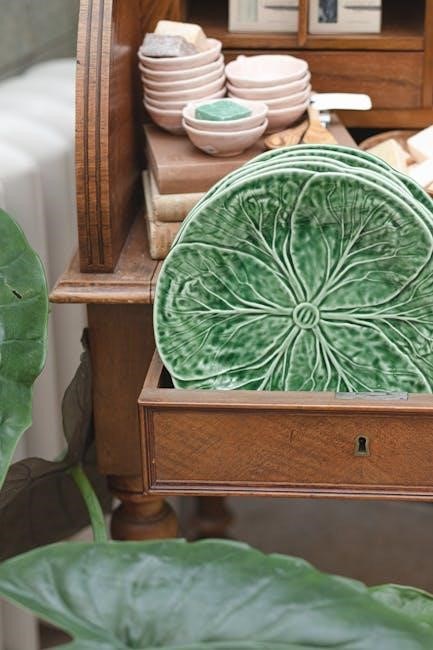
Wood on wood drawer guides are traditional components used in furniture making to ensure smooth drawer operation. Unlike metal slides, they rely on precisely crafted wood surfaces to glide effortlessly. These guides are highly valued for their durability and aesthetic appeal, offering a natural look that complements wooden furniture. They are often associated with high-quality craftsmanship and are preferred for their silent, friction-free movement. Wood on wood drawer guides are particularly popular in custom and heritage furniture, where maintaining an authentic appearance is essential. They also provide a sustainable alternative to metal hardware, blending functionality with timeless design.
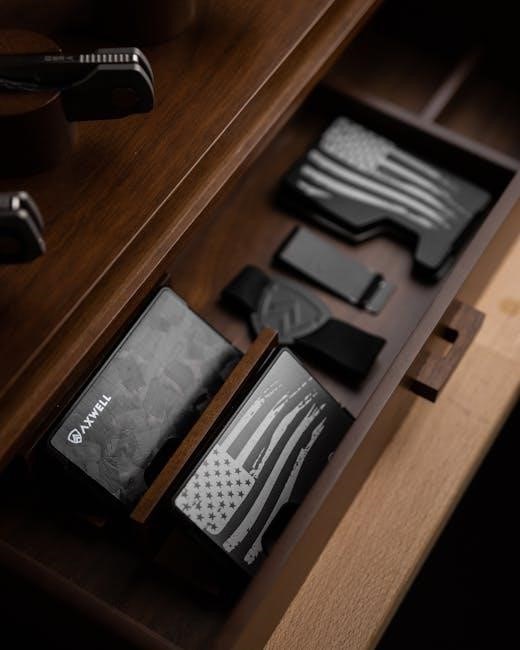
What are Wood on Wood Drawer Guides?
Wood on wood drawer guides are traditional mechanisms used in furniture to facilitate the smooth operation of drawers. Unlike modern drawer slides made of metal or plastic, these guides rely solely on wood-to-wood contact to ensure proper alignment and movement. They consist of precisely crafted wooden components that work together to allow drawers to open and close effortlessly. This system is deeply rooted in classic furniture-making techniques and is often associated with high-quality, handcrafted pieces.
The primary components of wood on wood drawer guides include the drawer runners and the cabinet glide. The runners are attached to the underside of the drawer, while the glide is mounted inside the cabinet. Both parts are made from durable hardwoods, such as maple or oak, ensuring strength and stability. The surfaces of these components are typically sanded smooth to reduce friction and enhance the gliding motion. Over time, the wood may develop a natural polish from use, further improving the drawer’s operation.
One of the most appealing aspects of wood on wood drawer guides is their simplicity. Without the need for metal parts, these systems are quieter and more aesthetically pleasing, blending seamlessly with the overall design of the furniture. They are particularly popular in traditional and rustic furniture, where maintaining an authentic look is essential. Additionally, wood on wood guides are eco-friendly, as they eliminate the need for metal manufacturing and its associated environmental impact.
Despite their traditional design, wood on wood drawer guides are not without their considerations. For instance, they may not be as durable as metal slides in terms of weight capacity, as excessive weight can lead to wear and tear on the wooden surfaces. However, when properly constructed and maintained, these guides can last for decades, making them a worthwhile investment for many furniture enthusiasts. Regular waxing or oiling of the surfaces can also help maintain their performance and extend their lifespan.
History and Evolution
The history of wood on wood drawer guides dates back to the early days of furniture making, when craftsmen relied on natural materials and simple mechanisms to create functional pieces. These traditional drawer systems were born out of necessity, as early furniture makers sought ways to create smooth-moving drawers without the use of metal. The concept of using wood-to-wood contact for drawer operation was both practical and elegant, ensuring durability and a seamless integration with the overall design of the piece.
In ancient times, furniture makers used rudimentary wooden runners or cleats to guide drawers. These early systems were often rudimentary, consisting of flat pieces of wood attached to the drawer and the cabinet. While not as refined as modern drawer slides, these early guides laid the foundation for the development of more sophisticated wood on wood drawer systems. The use of wood on wood guides became particularly prevalent during the Middle Ages, where skilled craftsmen began to refine their techniques, creating drawers that operated with greater ease and precision.

The Renaissance period marked a significant turning point in the evolution of wood on wood drawer guides. During this time, furniture making became an art form, with craftsmen placing greater emphasis on both functionality and aesthetics. drawers began to feature more intricate designs, and the drawer guides were no exception. Wood on wood systems were meticulously crafted to ensure smooth operation, with careful attention paid to the fit and finish of the wood surfaces. This attention to detail allowed drawers to glide effortlessly, even under heavy loads.
The 18th and 19th centuries saw the rise of industrialization, which brought about significant changes in furniture production. While metal drawer slides became more widely available during this period, wood on wood guides remained a popular choice, particularly among high-end furniture makers. The use of wood on wood guides was seen as a mark of quality and craftsmanship, as they required precise construction and a deep understanding of woodworking techniques. Additionally, wood on wood systems were often preferred for their aesthetic appeal, as they blended seamlessly with the natural beauty of the wood used in the furniture.
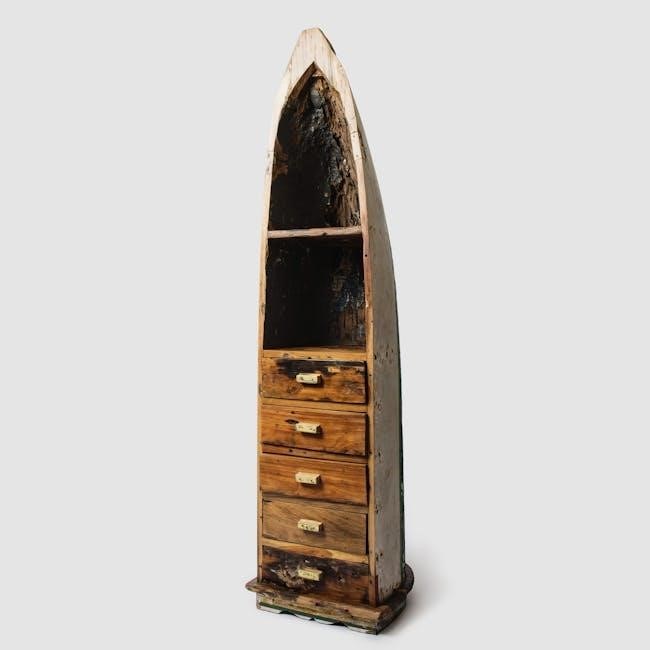
In the 20th century, the development of modern materials and manufacturing techniques led to the creation of more advanced drawer slide systems, such as ball-bearing slides and soft-close mechanisms. However, wood on wood drawer guides continued to be used, particularly in traditional and custom furniture. The resurgence of interest in handcrafted and sustainable furniture in recent years has further cemented the place of wood on wood guides in the world of furniture making. Today, these systems are not only valued for their functionality but also for their timeless appeal and connection to the rich history of woodworking.
Importance in Furniture Making
Wood on wood drawer guides hold a significant place in furniture making due to their unique combination of functionality, aesthetics, and traditional craftsmanship. These systems have been a cornerstone of high-quality furniture for centuries, offering numerous advantages that make them a preferred choice for both craftsmen and enthusiasts. Their importance lies in their ability to blend seamlessly with the natural beauty of wood, provide smooth and silent operation, and ensure durability over time.
One of the most notable advantages of wood on wood drawer guides is their aesthetic appeal. Unlike metal slides, which can often appear industrial or out of place in traditional or handcrafted furniture, wood on wood systems complement the natural beauty of the wood. This makes them ideal for pieces where maintaining an organic and timeless look is essential. Furniture makers often choose wood on wood guides to preserve the integrity of the design, ensuring that every component of the piece aligns with its overall aesthetic.
In addition to their visual appeal, wood on wood drawer guides are highly durable. When properly constructed, these systems can withstand the test of time, even under heavy use. The wood surfaces are carefully crafted to fit together perfectly, reducing friction and wear. This ensures that drawers operate smoothly for years, without the need for frequent maintenance or replacement. The durability of these systems is particularly important in high-end furniture, where longevity and performance are paramount.
Another key aspect of wood on wood drawer guides is their ability to provide silent operation. Unlike metal slides, which can sometimes produce noise, wood on wood systems glide quietly, making them ideal for environments where noise reduction is important. This feature is especially valued in bedrooms, living areas, and other spaces where peace and quiet are desired. The silent operation also enhances the overall user experience, making drawers feel more luxurious and refined.
Furthermore, wood on wood drawer guides are environmentally friendly. Unlike metal slides, which require energy-intensive manufacturing processes, wood on wood systems rely on sustainable materials that can be sourced responsibly. This makes them a preferred choice for eco-conscious furniture makers and consumers. The use of natural wood also aligns with the growing demand for sustainable and organic products, further solidifying their importance in modern furniture making.
Lastly, wood on wood drawer guides are a testament to the art of traditional craftsmanship. In an era dominated by mass-produced furniture, these systems represent a commitment to quality and attention to detail. Furniture makers who choose to work with wood on wood guides demonstrate a deep understanding of woodworking techniques and a dedication to preserving the craft. This level of craftsmanship not only enhances the value of the furniture but also ensures that each piece is unique and imbued with character.
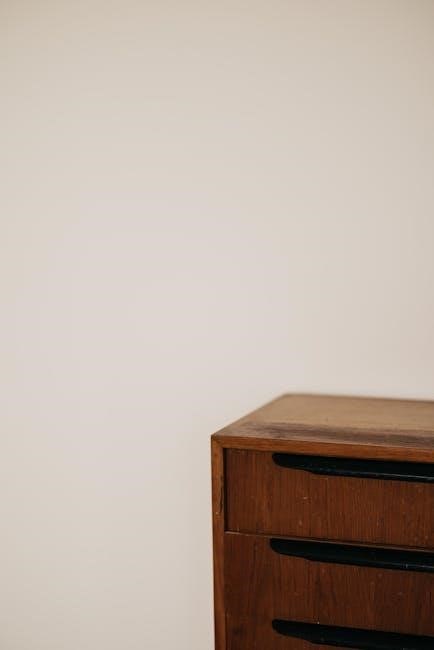
Types of Wood on Wood Drawer Guides
Wood on wood drawer guides come in various forms, each offering unique benefits. Traditional wooden slides are simple and durable, relying on precise craftsmanship for smooth operation. Dovetail drawers are renowned for their strength and aesthetic appeal, often used in high-end furniture. Modern hybrid systems combine wood with minimal metal components, enhancing functionality while maintaining a natural look. These types cater to different design preferences and functional needs, ensuring versatility in furniture making.
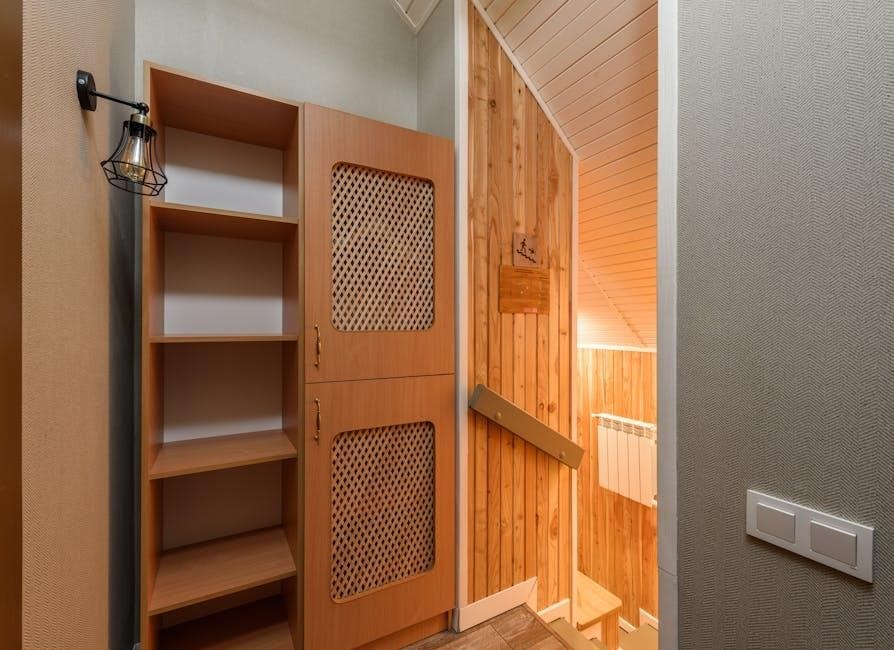
Traditional Wooden Slides
Traditional wooden slides are a cornerstone of wood on wood drawer guides, offering a timeless solution for smooth drawer operation. These slides are crafted entirely from wood, relying on the natural durability and aesthetic appeal of the material. Unlike modern hybrid systems, traditional wooden slides avoid the use of metal, making them a preferred choice for furniture makers seeking an authentic, rustic look. The simplicity of their design ensures a seamless integration into classic and heritage furniture pieces.
The construction of traditional wooden slides involves precise craftsmanship, as the wood must be carefully milled to ensure a smooth gliding surface. Typically, hardwoods like oak, maple, or cherry are used due to their strength and resistance to wear. The slides are often finished with a natural oil or wax to protect the wood and reduce friction, allowing drawers to open and close effortlessly. This attention to detail results in a durable and functional component that stands the test of time.
One of the key advantages of traditional wooden slides is their silent operation. Unlike metal slides, which can produce noise over time, wood-on-wood guides maintain a quiet and smooth motion. This feature is particularly appreciated in bedrooms and living areas where noise can be a disturbance. Additionally, the absence of metal components ensures that the slides remain free from rust and corrosion, further enhancing their longevity.
Traditional wooden slides are also celebrated for their ability to blend seamlessly into the design of a piece of furniture. They are often invisible once the drawer is closed, preserving the clean lines and minimalist aesthetic of the furniture. This makes them an ideal choice for craftsmen and designers who prioritize both form and function. Moreover, the use of wood-on-wood guides allows for a sustainable and eco-friendly alternative to metal hardware, appealing to those who value environmentally responsible practices.
Despite their many benefits, traditional wooden slides do require proper maintenance to ensure optimal performance. Regular polishing or waxing is necessary to keep the surfaces smooth and friction-free. Additionally, these slides are best suited for lighter to medium-weight drawers, as excessive weight can lead to wear and tear over time. However, for applications where aesthetics and silence are paramount, traditional wooden slides remain an unparalleled choice.
Dovetail Drawers
Dovetail drawers are a quintessential feature in high-quality furniture, renowned for their strength, durability, and timeless appeal. The dovetail joint, a hallmark of expert craftsmanship, is a key element in these drawers, ensuring a secure and long-lasting connection between the drawer’s sides and back. This traditional woodworking technique has been perfected over centuries, making dovetail drawers a symbol of excellence in furniture making.
The dovetail joint consists of interlocking “tails” and “pins” that create a robust and rigid structure. Unlike other joinery methods, the dovetail joint resists pulling apart under stress, making it ideal for drawers that must withstand repeated use. The intricate design of the dovetail not only enhances the drawer’s structural integrity but also adds an aesthetic touch, as the joints are often visible and admired for their precision and beauty.
Dovetail drawers are frequently paired with wood-on-wood drawer guides, as both techniques share a commitment to traditional craftsmanship and durability. The smooth, friction-free operation of wood-on-wood guides complements the strength of the dovetail joint, creating a drawer system that is both functional and visually appealing. This combination is particularly prized in bespoke and heritage furniture, where attention to detail and quality are paramount.
The construction of dovetail drawers requires great skill and patience, as each joint must be carefully cut and fitted by hand. While this labor-intensive process increases the cost of production, it also ensures that the finished product is of exceptional quality. Dovetail drawers are often associated with luxury furniture, as they reflect the craftsmanship and dedication of the maker. For many, the sight of a perfectly executed dovetail joint is a testament to the art of woodworking.

One of the primary advantages of dovetail drawers is their ability to withstand the test of time. Unlike modern alternatives, which may rely on synthetic materials or mass-produced components, dovetail drawers are built to last for generations. The joints grow stronger with age, and the drawers maintain their alignment and stability even after years of use. This longevity makes dovetail drawers a wise investment for those who value quality and permanence in their furniture.

Despite their traditional roots, dovetail drawers are not limited to antique or period-style furniture. Contemporary designers often incorporate dovetail construction into modern pieces, blending timeless craftsmanship with sleek, minimalist aesthetics. This versatility ensures that dovetail drawers remain relevant in an ever-evolving design landscape, appealing to both purists and enthusiasts of modern decor.
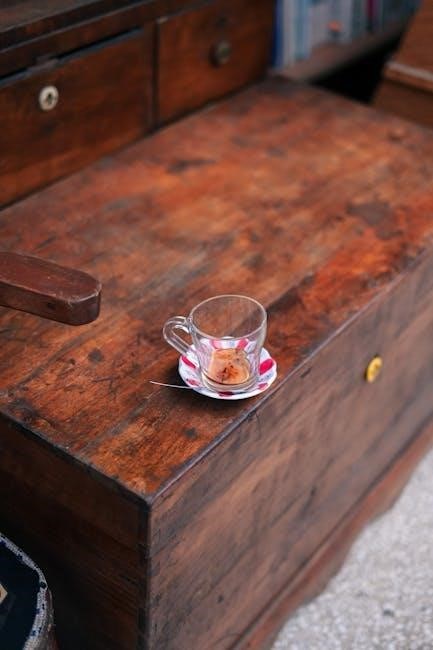
Modern Hybrid Systems
Modern hybrid systems represent a fusion of traditional woodworking techniques and contemporary innovations, offering a practical and aesthetically pleasing solution for drawer guides. These systems combine the timeless appeal of wood-on-wood drawer guides with advanced materials and mechanisms, creating a product that balances functionality, durability, and modern design. Hybrid systems are increasingly popular in furniture making, as they cater to both the demand for traditional craftsmanship and the need for improved performance in today’s fast-paced world.
The key feature of modern hybrid systems is their ability to integrate wood-on-wood drawer guides with metal or synthetic components. This combination allows for smoother operation, reduced friction, and enhanced load-bearing capacity. For instance, some hybrid systems use wooden slides paired with metal reinforcements, ensuring stability while maintaining the natural beauty of wood. This approach addresses the limitations of traditional drawer guides, such as wear and tear over time, by incorporating durable materials that extend the lifespan of the drawer system.
One of the most significant advantages of modern hybrid systems is their adaptability. They can be tailored to suit a wide range of furniture styles, from modern minimalist designs to classic, heritage-inspired pieces. This versatility makes hybrid systems a favorite among furniture makers who aim to create pieces that are both functional and visually striking. Additionally, these systems often include adjustable features, allowing for fine-tuning to ensure optimal performance and alignment.
The incorporation of self-closing and soft-close mechanisms is another hallmark of modern hybrid systems. These features, typically associated with metal drawer slides, have been seamlessly integrated into wood-on-wood guides, providing a luxurious and user-friendly experience. The soft-close function prevents drawers from slamming shut, reducing noise and wear on the drawer and its contents. This innovation has been particularly well-received in contemporary furniture, where comfort and convenience are prioritized.

Modern hybrid systems also address the issue of weight capacity, a common concern with traditional drawer guides. By combining wood with high-strength materials, these systems can support heavier loads without compromising on aesthetics. This makes them ideal for use in kitchen cabinets, office furniture, and other applications where durability is essential. The use of advanced manufacturing techniques ensures precision and consistency, further enhancing the reliability of these systems.
The popularity of modern hybrid systems can also be attributed to their ease of installation. Unlike purely wooden drawer guides, which require meticulous craftsmanship and time to assemble, hybrid systems often come pre-assembled or with simplified installation instructions. This accessibility has made them a practical choice for both professional furniture makers and DIY enthusiasts. Additionally, the availability of customizable options allows users to tailor the system to their specific needs, whether it’s for a single drawer or an entire suite of furniture.




